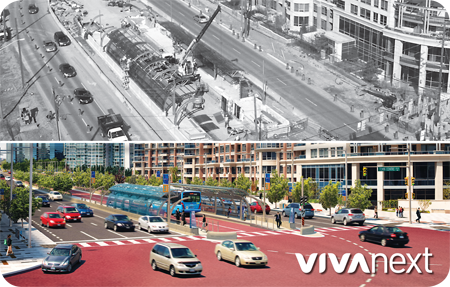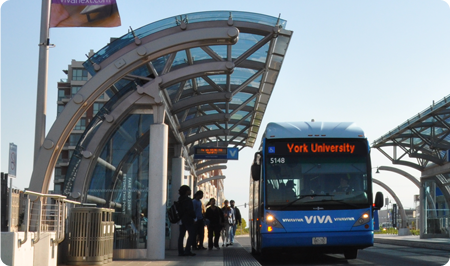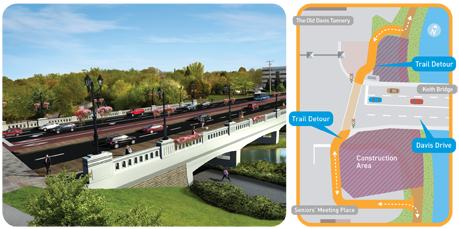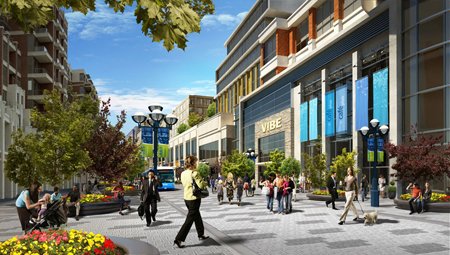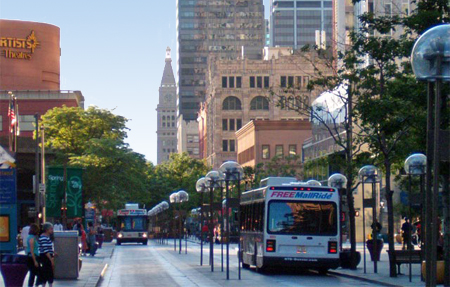Everyone is hearing a lot these days about the need for more transit in the GTHA, and how increasing traffic congestion is hurting our economy. The Toronto Board of Trade puts a $6 billion a year price tag on the cost of congestion. But beyond the headlines, many people don’t really understand exactly how traffic congestion and the lack of transit hurts the economy, and why this issue matters to every one of us in this region – and even to the rest of the province and country.
To help connect the dots, I recommend a recent panel discussion held on TVO’s The Agenda, which covered the issue clearly and logically. This discussion provides an excellent overview of the issue, in a non-partisan, objective way. Click here to view the episode.
What I found most interesting about this discussion was how it was explained that the lack of transit hurts everyone, whether or not they’re transit users now, or even want to be transit users. Even people living in small communities that aren’t experiencing traffic congestion in fact are economically affected by it. The negative impacts of congestion in the GTHA, given how important this region is to the economy of the entire country, truly do affect the entire country. One large business that chooses to open up in the USA rather than in the GTHA due to concerns about congestion hurts all taxpayers in the pocketbook eventually.
Enjoy watching the show and let me know what you think.




